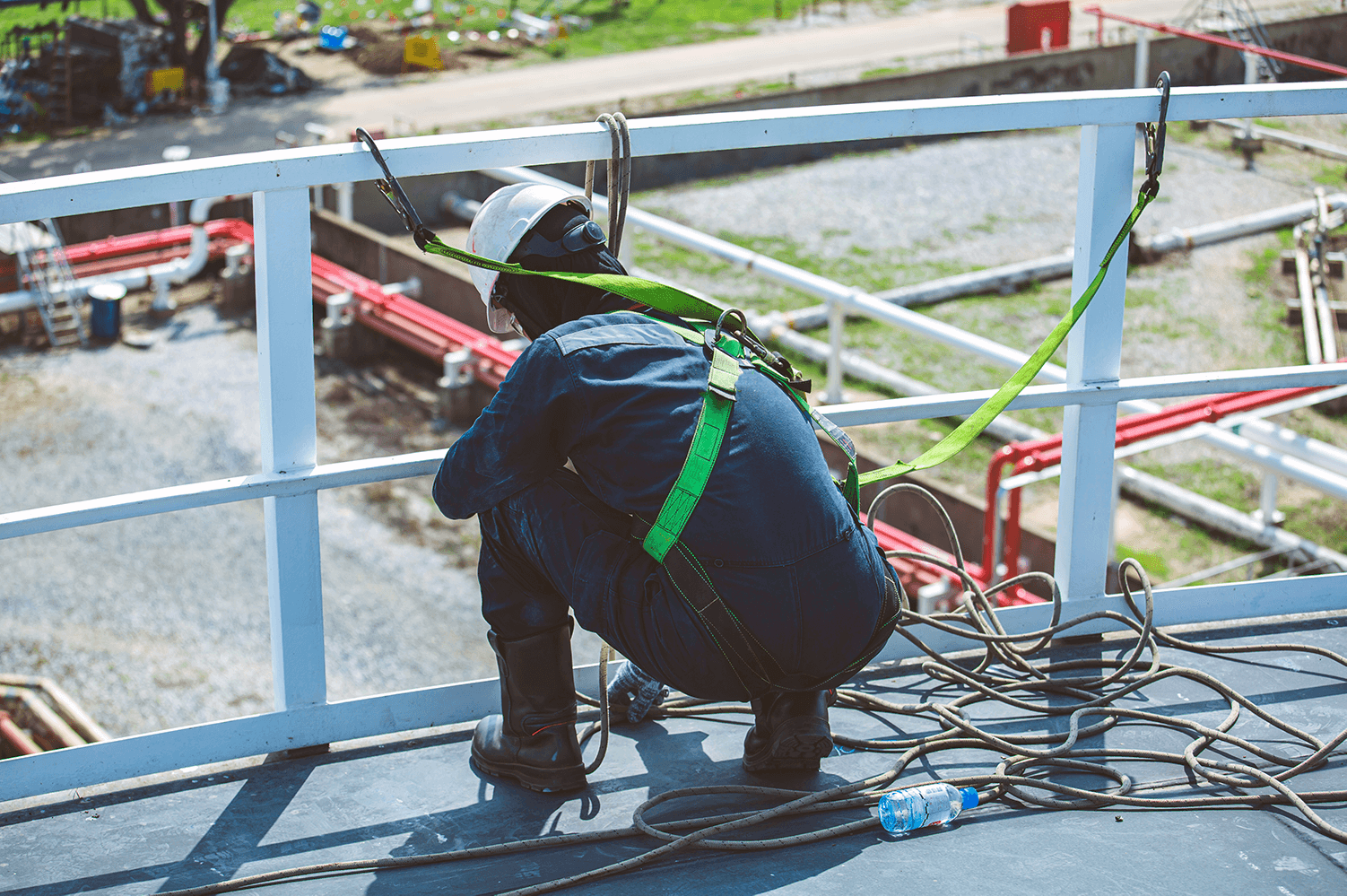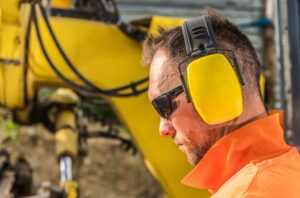7/27/2022—Work accidents are more common thank you think. According to the Bureau of Labor Statistics1, in 2019 5,333 workers suffered fatal injuries in the U.S. and 2.8 million non-fatal workplace injuries were reported. It’s an employer’s job to keep all their workers safe, but lone workers present a complex dilemma, how can you watch over someone when you can’t see them? Luckily employers can breathe easily thanks to groundbreaking developments in technology.
The first step in protecting your lone worker is identifying job duties and performing a hazard assessment of workstations. Lone workers are either in a remote area of the job site (like construction, warehouse or oil rig workers), or in the field (like delivery drivers, long-haul truckers and even social workers). With this wide array, the realm of hazards is complex. Do what you can to eliminate hazards, like potential slip and fall areas, faulty equipment and most importantly, providing proper training.
Using your hazard assessment, make a checklist for all the training your employee will need to safely perform their job. Equipment training, machinery certifications, and safety training are obvious, but for off-site workers this can be more multifaceted. You can’t always plan for hazards on the road, but you can ensure employees have safe driving records and are provided with equipment like GPS mapping. CoRe™ PSD (Personal Safety Device) Badges log every employee’s completed training, an easy way to provide peace of mind to employers that lone workers, or any employee, are up to date on the training needed to do their job safely.
The chief cause of danger in lone work is, well the fact that workers are alone. Should they have an accident or issue, there isn’t anyone nearby to provide help. Thankfully technology has made lone work safer than ever with one key feature, location tracking. Location tracking lets employers monitor know in real-time where their workers are. If your employee has an accident, stops responding or even gets lost, tech like CoRe™ PSD Badges lets employees rest easy knowing someone can reach them.
Which brings us to another integral advancement that has increased the safety of lone workers exponentially, SOS button alerts. Literally help at your fingertips, SOS button alerts can be used in any situation where injury or accidents have occurred. From falls to car accidents on the road, these quick-response alerts let an employer know when help is needed, saving minutes when time is of the essence.
For example, in 2018 the Bureau of Labor Statistics reported that U.S. workers driving or riding in a vehicle and died in a work-related crash accounted for 24% of all work-related deaths.2 In a scenario such as this, fast response time through the CoRe™ PSD Badge technology could help employers alert emergency response as quickly as possible.
You might ask how a lone worker could alert their employer if an accident is severe enough to render them unconscious, or unable to hit their alert button. Once again technology has you covered, tech like CoRe™ PSD Badges comes with state-of-the-art shock detection. This innovative solution detects falls and other sudden movements, allowing employers to check in on employees should there be any sign of possible injury.
With the complexity and seriousness of lone work, the idea of keeping these isolated workers safe can be overwhelming. CoRe Connected Resources™ is proud to be able to provide increased safety with our top-of-the-line smart badges, and as a bonus you keep productivity optimized by providing employees with the utmost in safety and worker optimization.
…
1 Staub, Fred. “High Risk, Lone Worker: The Unacceptable Risk.” American Society of Safety Professionals , Professional Safety , July 2018, aeasseincludes.assp.org/professionalsafety/pastissues/063/07/F1_0718.pdf?_ga=2.34634597.595267902.1630589068-1152483671.1629738458.
2“Motor Vehicle Crash Facts.” Centers for Disease Control and Prevention, Centers for Disease Control and Prevention, 22 Sept. 2020, www.cdc.gov/niosh/motorvehicle/resources/crashdata/facts.html.
“Reflecting on WORK Injuries, Illnesses, and Fatalities for Workers’ Memorial Day.” U.S. Bureau of Labor Statistics, U.S. Bureau of Labor Statistics, 28 Apr. 2021, www.bls.gov/opub/ted/2021/reflecting-on-work-injuries-illnesses-and-fatalities-for-workers-memorial-da





